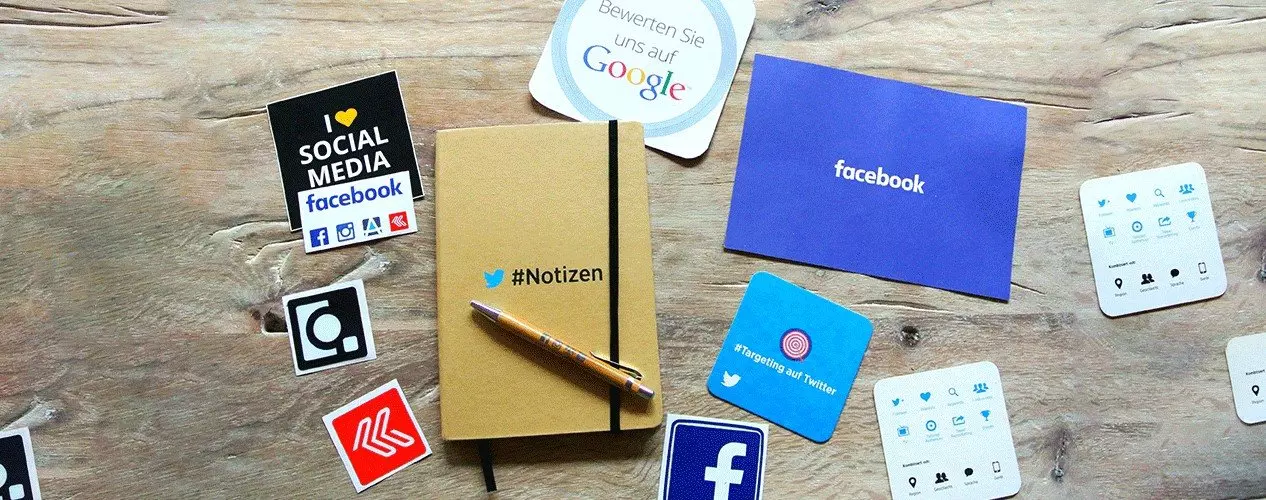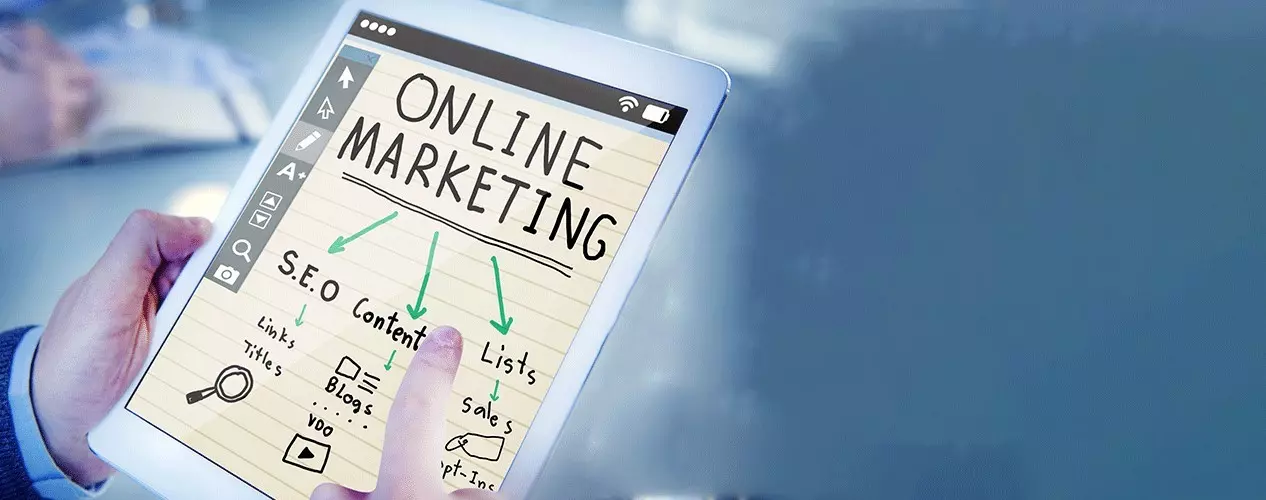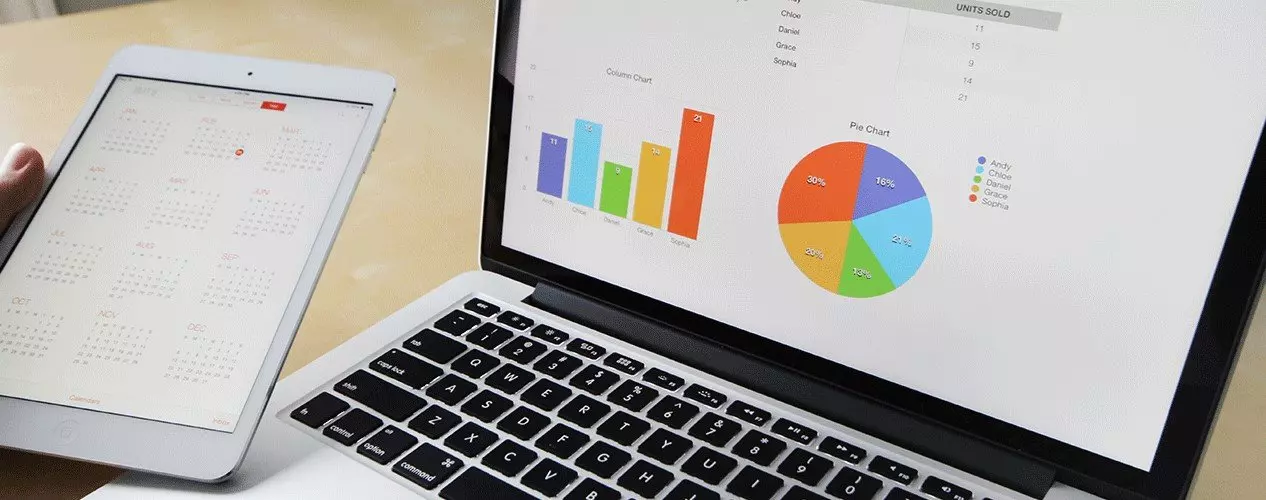
28 Nov New Age Marketing: Here’s the Complete Guide to Using the Power of Content
It’s astonishing to see how marketing is changing rapidly. The shift from TV commercials and billboards to Snapchat and Facebook Ads is fascinating. The question that arises is how long it would last. At this very moment, we should start paying attention to what the people from 13 to 55 are looking at and what tools they’re using to socialize when holding their smartphones.
In the pre-social media world, meaning before 2003, things were quite different, let alone online marketing wasn’t impacted at scale. Then comes social media; Facebook, YouTube, and Twitter were born. Global connectivity went to a new height. Besides that, the attention arbitrage started to change, meaning calling cards, internet cards, SMS, MSN Messenger, Yahoo Messenger, and ICQ got replaced by WhatsApp, WeChat, Viber, Skype, and Facetime. We all have seen and lived through that transition.
Then, another attention arbitrage change happened in the recent time when TV commercials, cable TV, and DVD/Blu-Ray got replaced by Netflix, Netflix, Hulu, YouTube, and Facebook. So new age marketing refers to the ever-changing attention phenomenon that we need to understand in today’s mobile-internet world, where people use the 4G internet, which is used on mobile devices more than desktop computers. Before going into the rabbit hole of using the power of content that brands need to understand, we should look at the types of content that brands and entrepreneurs can utilize to engage, attract, and convert the audience into customers:
- Written content: Text-form content such as website content, blog posts, white papers, and ebooks. Any online platform that engages the audience through text content comes in the written content ecosystem.
- Video content: One of the emerging forms of online content is video. Brands utilize videos on various platforms like YouTube, Vimeo, Facebook, LinkedIn, Instagram, and Twitter to deliver the message.
- Visual content: It’s graphical and illustrative content that engages and educates the prospective audience. For example, infographics, photos, and illustrations are the obvious choices.
- Audio content: Audio is the fourth and most rapidly growing form of content. Podcasting is one of the famous examples of audio content. It’s an on-demand radio you can listen to on your smartphone or computer.
These fundamental tools of content marketing play a huge role in the social media marketing campaign – either you can choose a single one or test out more than one. Either way, it’s imperative to understand the power of content.
Here is the step-by-step process of using the power of content
1 – Discover Your Market Segment
The first and foremost step you should take in modern-day marketing is identifying the target audience. It becomes the key to everything you should be doing in your marketing. If you follow the wrong trail all along, you’ll waste time.
Discovering the marketing segment means:
- Who do you want to reach out
- What is the audience age group is
- Where they belong to (income and status-wise)
- What are their likes and dislikes are
- What social media platforms do they use
- What they consume online
- Where do they hang out
- What sports do they follow
- What celebs do they look up to
Such demographic data will give you an insight into prospective audience characteristics. It would require predictions and emotional intelligence to tap into the right kind of people interested in your product or service. The key benefit of developing valuable content is that it hits the target audience and solves the problem. The authenticity, however, is determined by the impact it creates in the form of engagement and social sharing. Either you outsource from a digital marketing agency or hire a social media marketing expert – it doesn’t matter. The narrative should be in-line with your brand’s vision.
2 – Choose the Right Content Type
The power of content could go off the grid if you’re serving the wrong type of content to the audience. They won’t respond or notice your content, no matter how great and useful it is. For example, suppose you’re a SAAS company focusing entirely on written tutorials rather than having a mix of video and written content. In that case, you’re making a mistake because people might want to see how your online software works. They’d rather watch a “how to get started” video than read the in-depth blog post about it.
The power of content doesn’t mean you can pick up any content format and start pumping out content without a plan. Let’s take the example of Hubspot. They often focus on written content, but they also have videos and visuals in their marketing strategy. Another example is Pat Flynn, who started with a blog and then diversified the business. He got into podcasting, and now the podcast is his main focus.
3 – Deliver Unconditional Value
One of the reasons people would stick to your content is that you’ll be sharing information that matters to them. It’s the most underrated success hack out there — because everybody is going after the best-selling techniques and running ads. They should sit down for a while and think about what they could tell the audience that benefits them, and they would come running for more. Once you develop a habit of giving to others, they will pay attention to you and tell their friends to check you out.
Gary Vaynerchuk‘s book helps social media marketers understand the importance of building a relationship over adopting sales strategies to get the transaction. This book is a great piece of advice for everyone who wants to crush social media games by putting compelling content out there because it will teach you, besides content, how you can build relationships with customers and knock out the competition. Another book is “Give and Take” by Adam Grant. The genre of this book is business development. The author talked about the value of giving and how givers outsmart the takers and matches.
Brandon Hood rightly said, “Impact is the only thing that will bring the numbers in.”
4 – Test and Analyze
Once you’ve got a strategy in place, don’t romanticize with the plan, test it out and feel free to tweak it if required. Many entrepreneurs and social media managers design a campaign and keep their fingers crossed, hoping it will work. A bunch of strategies work, and dozens of strategies fail as well. For instance, if you start focusing on certain keywords in your content, it won’t guarantee that your blog posts will start to rank immediately. The blog post you’re dying to rank on the first page may not rank, and a randomly posted blog post may get a better ranking. However, there are techniques that SEOs apply, such as site authority, backlinks, and social media engagement, that help a lot, but still, testing and tweaking the plan is the way to move forward. A/B testing is a tried-and-tested strategy in the world of marketing, especially in today’s online marketing realm.
Conclusion
The purpose of discussing the attention trends that change was to convey that digital marketing strategies always change over time as the attention of the consumer shifts. Two decades ago, the radio used to matter a lot. Today, it could be Instagram Stories sending the waves out there. The whole idea of this article was to ensure that brands figure out where their audience exists and what kind of content they should develop to engage, attract, and convert the audience into customers.
How do you use the content to meet the challenges of new-age marketing?




